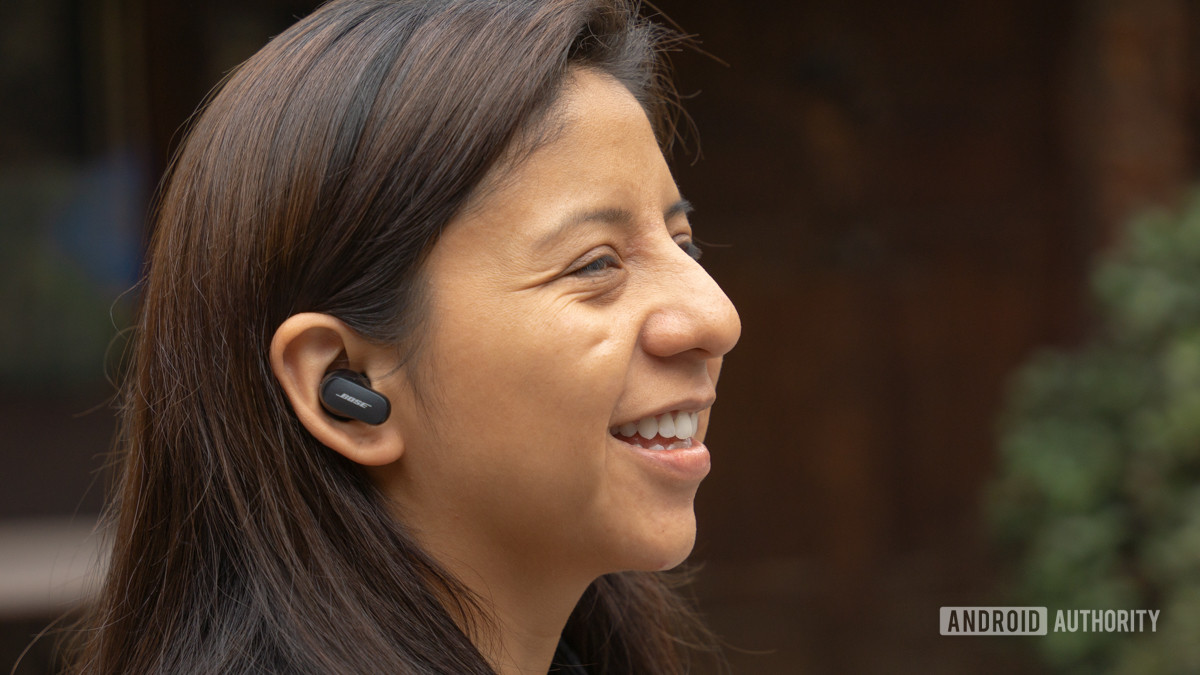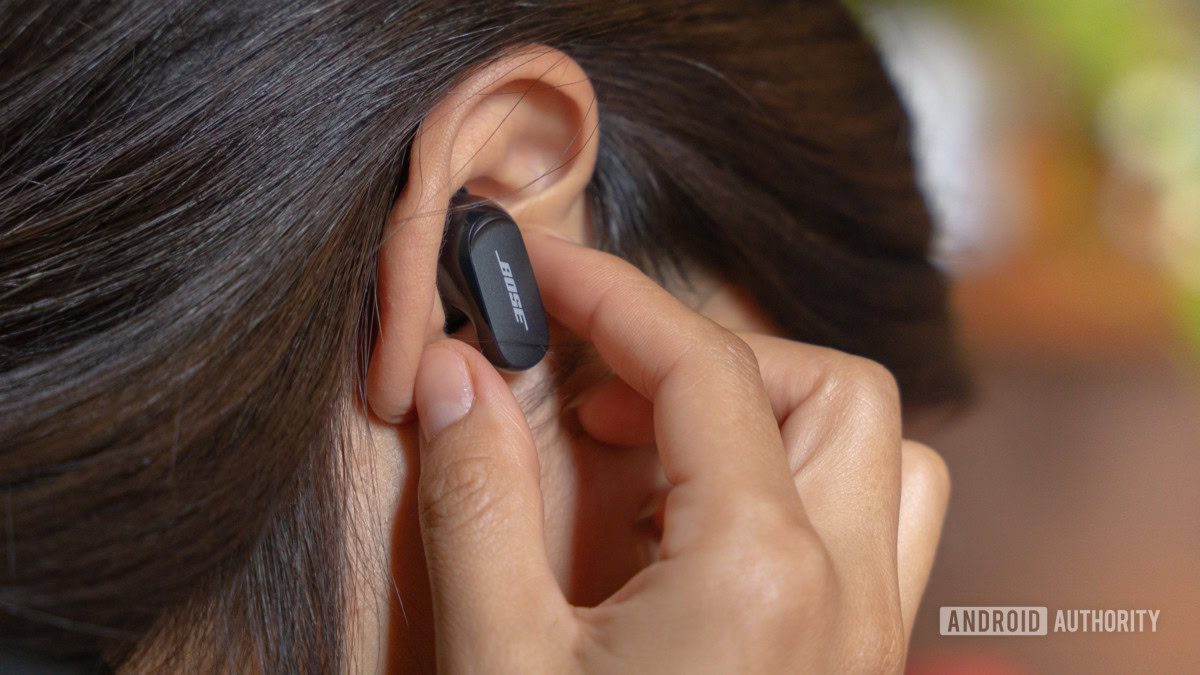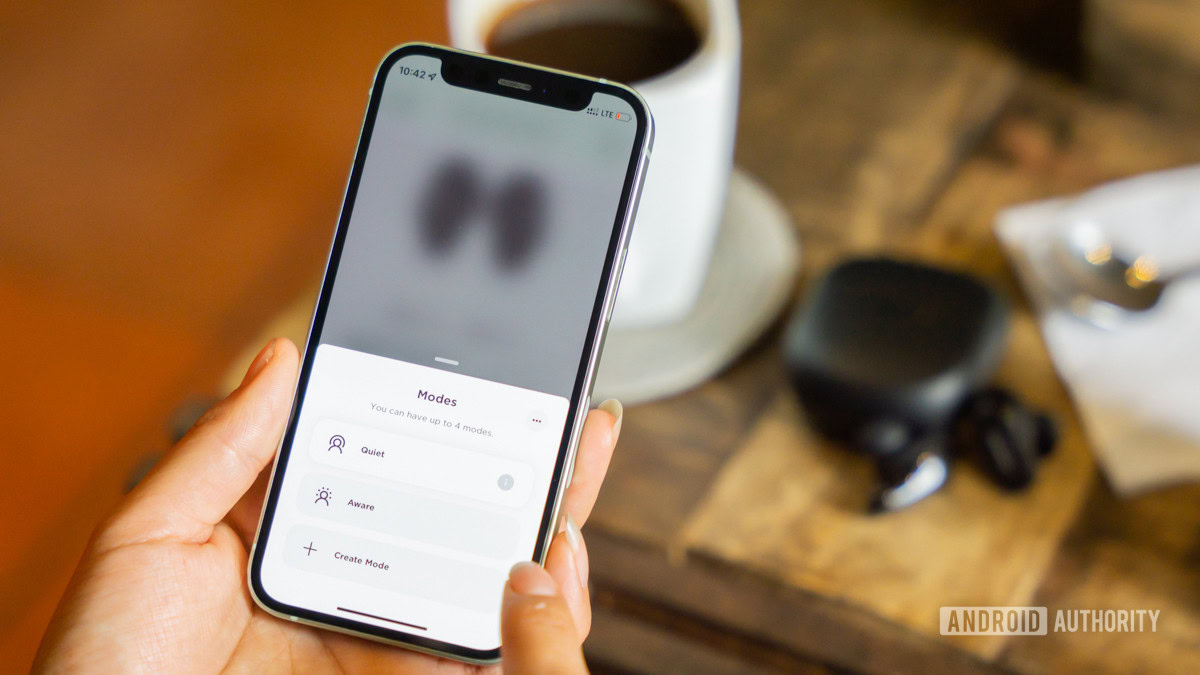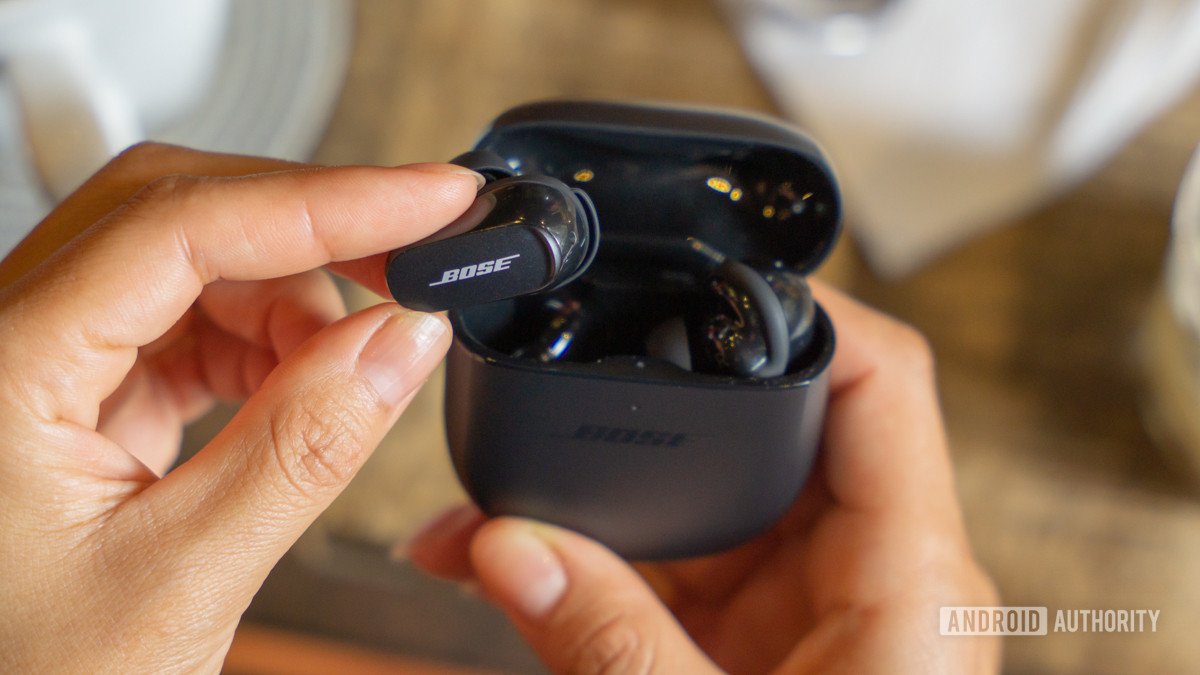With ANC getting so good, we need a new set of rules
Edgar Cervantes / Android Authority
Active Noise Cancelation (ANC) was once a feature reserved for high-end, expensive headphones. This wonderful attribute can block out unwanted external noise, letting the user focus on whatever they’re listening to. Technology continues to evolve. ANC has since become much more affordable and widespread, and good ANC is getting scaringly good.
I recently wrote about trying the best ANC in the world and almost getting hit by a bus. Put simply, such efficient ANC is unsafe to use most of the time. With that in mind, we must set some ground rules and possibly make some habit changes too. Let’s talk about them.
The dangers of good ANC

Edgar Cervantes / Android Authority
The best modern Active Noice Cancelation is getting so good it would be unsafe to have it on at all times. I recently tested the Bose QuietComfort Earbuds 2, which Bose claims have the “world’s best noise cancelation.” While I was amazed at how good the technology was, it quickly became an issue.
Suddenly, I couldn’t hear what people around me were saying, or hear cyclists passing by me. It was more worrisome once I noticed I couldn’t hear cars, motorcycles, or larger vehicles in the busy streets of NYC. A bus zoomed right in front of me once, and I never heard it coming. I missed most announcements during the flight back from the NYC launch event.
I am sure I wouldn’t be able to hear my kid in distress if she had an accident while I’m zoned out.
Problems ensued once I got home. My wife’s frustrated yells sounded like a far-off hum. I am sure I wouldn’t be able to hear my kid in distress if she had an accident while I’m zoned out. We’re not even touching on appliances, alarms, and other important noises you definitely want to be able to hear at all times.
Bose QuietComfort Earbuds II
What’s the solution to all these worries? Let’s talk about some possible fixes.
Adapting yourself to good noise cancellation
I used ANC irresponsibly as a rookie mistake. I wasn’t used to such efficient noise cancellation, and I did what I always do — leave it on at all times. If your next set of noise-cancelling headphones or true wireless buds is as advanced as the Bose QuietComfort Earbuds 2, maybe you should consider being a responsible ANC user too. After having experienced these issues, I have changed the way I use my ANC earbuds. In fact, I now rarely keep noise cancellation enabled, and mostly use transparency mode (or Aware Mode, as Bose calls it).
I only use ANC when I’m alone in my room or working at the office.
I only use Quiet Mode alone in my room, or at the office while working. When in the streets, or riding public transportation, I am either using Aware Mode or only using one earbud at a time. The idea is to always be able to listen when there’s any chance it might be necessary to. In summary, we should all use ANC responsibly.
The road to smarter ANC

Edgar Cervantes / Android Authority
What good is great ANC if you can’t use it, though? Is there a way to improve ANC and make it “smarter”? There might be. Some manufacturers have started thinking about ways to improve ANC to make it safer.
Related: The future of headphones is an OS in your ear
ANC modes
For example, you can customize the Bose QuietComfort Earbuds 2’s noise cancellation levels within the app. This can help you pick which types of sounds you would like to filter through and be able to hear some kinds of noises. You can create and customize modes for commuting, running, exercising, and more.
ANC can’t be a single setting. Various modes and levels are needed.
Similarly, Anker has played with ANC modes, including options like Transport, Outdoor, and Indoor modes on its SoundCore Liberty 3 Pro. Transport minimizes engine noise, Outdoor mode reduces noises like traffic and wind, while Indoor eliminates random office noises and people talking.

Edgar Cervantes / Android Authority
Machine learning and artificial intelligence
These customized modes work sufficiently well, but they’re not enough. You can still miss some important noises, or hear unimportant ones. The problem is that they are pretty much preset noise filtering modes. They don’t really adapt or use any form of machine learning. Integrating artificial intelligence into ANC headphones might be a solution. A smart ANC might be able to recognize approaching vehicles and allow the noise to filter through. Similarly, it can probably tell when an airplane announcement is broadcast. Or maybe even recognize voices asking for help, or in distress. There are many other noises intelligent headphones can identify, including sirens, dogs barking, babies crying, car alarms, etc.
Adding AI to headphones could help them interrupt ANC when they detect nearby vehicles, announcements, or babies crying.
While this may sound like a far-fetched idea, it’s been tested and used before. Google’s Pixel Buds have an experimental feature called Attention Alerts. This feature sounds an alert when you’re listening to audio and have both earbuds in. It can recognize a baby crying, a dog barking, and an emergency vehicle siren.
The idea of ANC getting “too good” is only a temporary issue. As technology keeps advancing, ANC will hopefully not only be good but also smarter.
A world ready for ANC?

Edgar Cervantes / Android Authority
This may be a stretch, but is there a way to make our surroundings more adaptable to crazy good ANC? Think about it. We’ve already tried making cities, buildings, and vehicles more visual for the deaf. Similarly, we can also improve our surroundings to help people who can’t hear anything when using good ANC headphones.
Airplane announcements can come with a flashing light, for example. These light indicators can become more prevalent in places where people are likely to use ANC headphones, such as trains, buses, offices, etc. Alarms are also often sound-only; adding flashing lights is an obvious solution.
Imagine a world with more visual alerts everywhere.
Here’s a crazier idea. What if we create a standard in which some announcements, alarms, or anything else can transmit a frequency we can’t pick up with the naked ear? Then we can program all devices to turn off ANC when they pick up this frequency. It sounds nuts, but something’s gotta give.
Of course, we can adapt our surroundings in plenty of ways, but it might require too much work and too many resources. It seems the best solution might still be to make headphones smarter and use artificial intelligence to help with ANC safety. Until technology evolves, make sure to stay safe and use ANC responsibly.
For all the latest Technology News Click Here
For the latest news and updates, follow us on Google News.
